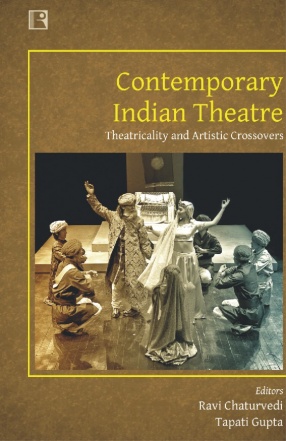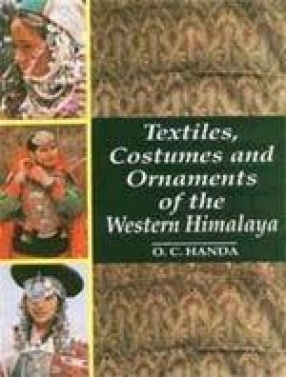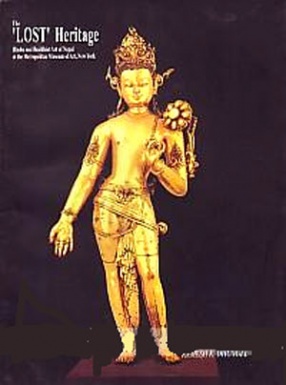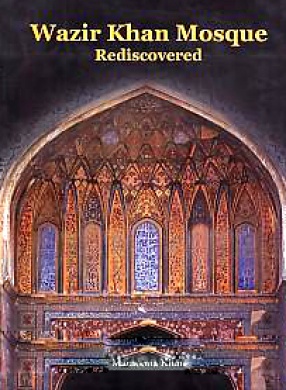This is a work that provides an excellent introduction to the art forms of this important period (20 century) and then brings the reader to a detailed understanding of several key works in painting, sculpture and stage design. In addition, Dr. Chaturvedi’s writing encourages the reader to pursue the further study of these subjects, thereby enriching and enhancing one’s understanding of the truly interdisciplinary approach of today’s stage designers and scenographers. With that understanding, designers and scenographers of the "turn-of-this-century" may find that they will have as spectacular an impact as those of one hundred years ago. The relationship between painting, sculpture, music, and drama is indirect perhaps but quiet rich and ofcourse, very complex. Within the context of the general evolution of a particular form and its sensibilities, the arts furnish an example of the constant exchange among their means of expression, materials and technical process. While the art galleries offer a whole range of styles and artistic ventures, a number of stage designs have transplanted various elements from these styles into their stage experiences. Many of the artists have constantly investigated new dimensions in various art movements, and tried to explore the possibilities of converting its tenets to the theatrical idioms. The impulse to turn from the art object to the art event has always been strong in almost every art movement that followed the First World War, which is seen at its climax, when spectators are invited to get engaged in the artists’ creative act, and ultimately turning it into a "Happening". In this extreme movement of painting towards performing arts, the painter and sculptors brought their personalities into play as actors before an actual crowd, instead of ‘acting on canvas’. Among younger artists it has become vogue to complement one’s painting by taking part in stage plays and experimental movies. The focus of the study is basically to underline such trend-setter artists and their selected works, who have not only initiated the synthesis of art forms, but enhanced the utilitarian understanding of such movements in order to draw the wider and deeper attention of the public towards the new definition of art in general in the background of some revolutionary socio-political developments, which were taking place through out the world, and specially in Europe and America as their centres, since the turn of century. This was the time, when the world witnessed every tradition broken, whether it was related to the form, or structure, or the aesthetic values.
Contemporary Indian Theatre: Theatricality and Artistic Crossovers
Crossover of various ...
$81.00
$90.00








There are no reviews yet.